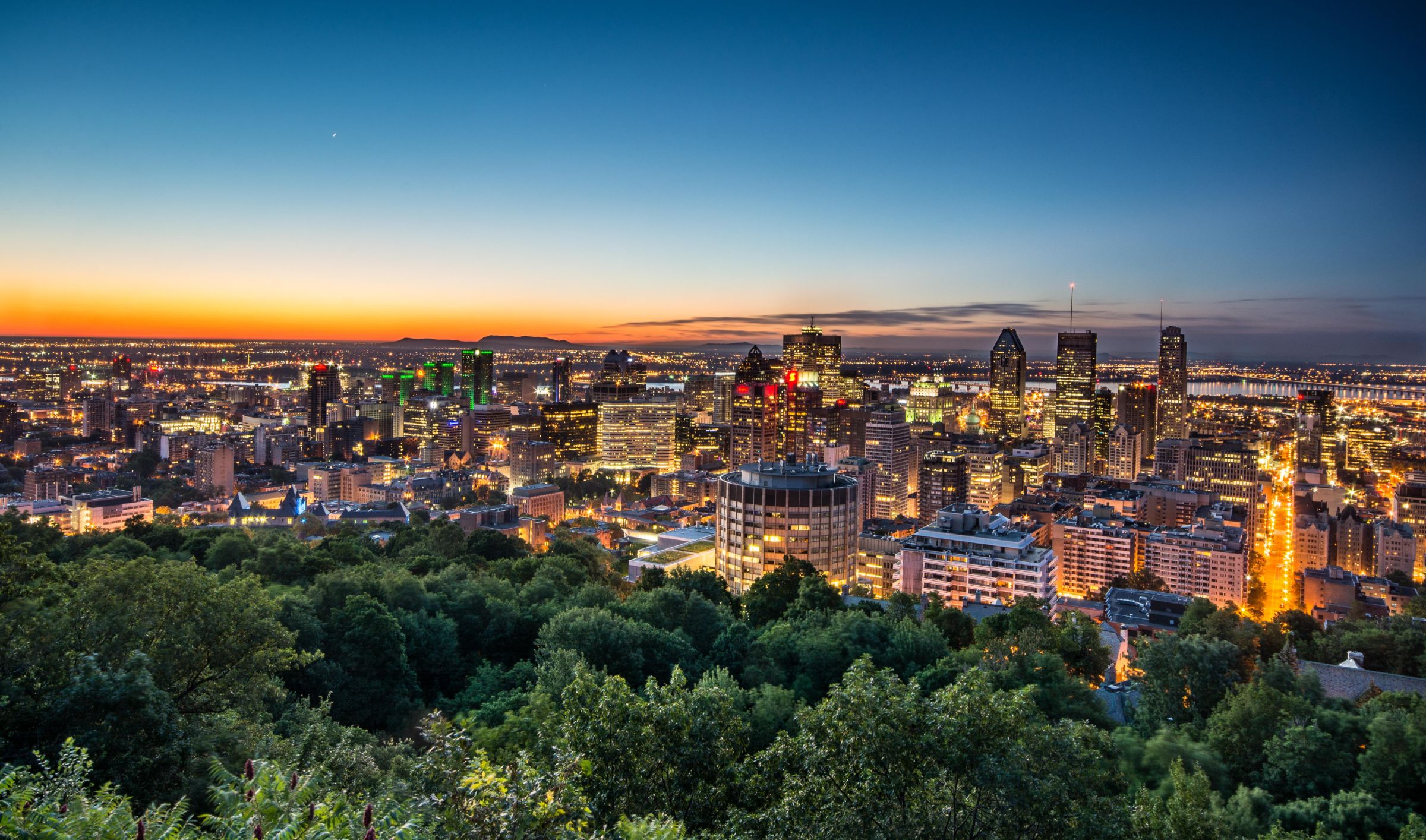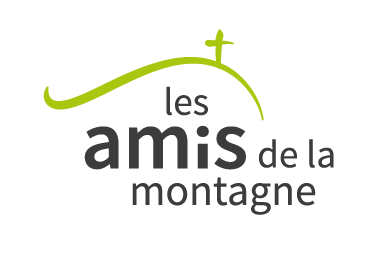
Issues associated with the densification of the city and the protection of the iconic presence of Mount Royal are frequently in the news and are often in line with the pace of real estate development in Montreal’s downtown core and central neighbourhoods or with the political vision of decision-makers. In the name of ambition and expansion, the temptation to build upward to the top of the mountain and beyond is ever present! However, it is possible to densify while respecting the landscape and preserving—if not improving—the existing urban fabric. Isn’t this one of the distinguishing features that makes Montreal so appealing? Since it is paramount that we respect our identity, we must be vigilant in evaluating and strengthening the mechanisms that govern our overall ambitions.
A coveted summit
Mount Royal has always attracted people to its summit. Depending on the era, the human presence, while generally enhancing the mountain has, at times, been invasive and at others, has run the risk of altering its fundamental character. The mountain was a gathering place for Indigenous Peoples, early French settlers celebrated their arrival there, and wealthy English merchants built stately summer homes and developed farms, orchards and gardens on its slopes.
As time went on, cemeteries were established on Mount Royal and the mountainside became home to institutions, religious communities, colleges, universities and hospitals. The collective vocation of these institutions, along with their large areas of land and public access, maintained the transition between the city and the mountain. However, some harmful actions such as the clear-cutting of trees caused outrage and it took a highly motivated citizen's movement to preserve the mountain’s summit and for the City to turn it into a park, which was inaugurated in 1876.
Nevertheless, residential neighbourhoods and urban functions continued to inch their way up the mountain in the 1920s; two such examples are Redpath Crescent, and Ridgewood Avenue. It was also during the 1920s that the first luxury apartment buildings appeared, including the Chateau on Sherbrooke Street and the Gleneagles and Trafalgar on Côte-des-Neiges Road. In the 1960s and 1970s, the technological advances that made it possible to build skyscrapers in downtown Montreal also allowed for the construction of large residential towers and high-rise hotels. Several such buildings, like the Regency and Port-Royal apartments, have since spread along the southern slope of the mountain along Pine and Docteur-Penfield avenues, Côte-des-Neiges Road and Sherbrooke Street, resulting in the demolition of heritage buildings of great historic interest. All around Mount Royal, other residential towers were also built. The Cité Concordia project to the southeast of the mountain, the Rockhill complex in Côte-des-Neiges, some of the developments on Forest Hill Avenue or along Côte-Sainte-Catherine Road southeast of Outremont, are examples of large-scale projects. What have we learned from these urbanization choices, when heritage buildings on the mountain are, in most cases, coveted as densification housing projects?
Tools to protect Mount Royal
Starting in the 1960s, regulations gradually became more stringent, particularly when it came to building on the southern slope of Mount Royal. Concerns for the mountain’s protection and enhancement were developed in the urban plans adopted in the 1990s by the Ville-Marie borough and the City of Montreal and with the granting of heritage site status to the mountain by the City of Montreal in 1987, as well as the with the development of the Mount Royal enhancement plan in 1990-1992. The mountain's designation as the Mount Royal Historic and Natural District by the Quebec government in 2005 and its renaming as the Mount Royal Heritage Site in 2012 led to the adoption of a new protection and enhancement plan by the City of Montreal in 2009, followed by the creation of a conservation plan by the Ministère de la Culture et des Communications in 2018. These plans and protection statuses highlighted the mountain's importance and the diversity of its components via the concept of the three summits—i.e., Mount Royal, Westmount and Outremont—and etched the functions of the sacred, knowledge and health of the institutions and the prestige of the residential neighbourhoods into the very geological foundation of the Mount Royal massif. The result is that Mount Royal is much more than its park.
The plans proved somewhat effective in curbing the impulse to build ever higher. The downtown area was tightened and reoriented southward. Among other limitations, new construction could now be no higher than Mount Royal and had to be in line with its massif. This fostered a new enthusiasm for urban planning better adapted to the existing city which, in turn, resulted in greater emphasis being placed on preserving the urban fabric in the residential areas of the central neighbourhoods and therefore, on lower building heights. And yet, the pressures remain.
Reconciling densification with maintaining respect for the existing urban fabric
From a sustainable development perspective, the urbanization model put forward today is that of the compact city, and the notion of rebuilding the city on top of itself to better manage space, preserve agricultural land and natural environments and make infrastructure and public facilities profitable. To achieve this, the current proposal is to densify existing urban environments. Some even argue for more construction downtown and that the new structures should be built higher than Mount Royal.
For city dwellers, the preservation of the city's natural spaces as cultural and heritage characteristics of their living environment is vital. Protecting Mount Royal, which is both an iconic landmark in the centre of the island and a place where people can go to enjoy nature, relax and recharge requires great vigilance. Preserving the delicate balance between city life, nature and culture requires that any action affecting the existing urban fabric take the city's built heritage, natural landscapes and parks into account. In this regard, Mount Royal's imposing presence as a visual landmark must remain a distinctive and essential element of the city's landscape. Many cities around the world have been successful in showcasing their rich heritages and ecological assets; Montreal must do the same!
It’s time to take stock…but take nothing for granted!
Since the development choices we make today will have long-term impacts, we must all ensure that densification does not come at the expense of our natural, cultural and historical heritage. To ensure informed decision-making, we need to consider a range of issues as part of a broader thought process, once we have conducted a detailed analysis of the existing urban fabric and ascertained whether the tools designed to protect Mount Royal are doing their job. The mountain's iconic presence must guide our development decisions so that future generations can enjoy the jewel in our city’s crown for a long, long time to come.
Don’t miss the next article in the series: Mount Royal’s Capacity for Resilience.
Did you know that:
- Les Amis de la montagne participated in the Échange urbain organized by Héritage Montréal on the theme of density? Watch the segment!
- The City of Montreal's 2021 mayoral candidates presented their vision for Mount Royal? Watch the evening's presentations!
- The Montreal City Council adopted a motion to protect the views of Mount Royal in 2021? Read the resolution and debate, p.13.
Photo : Michael Vesia


